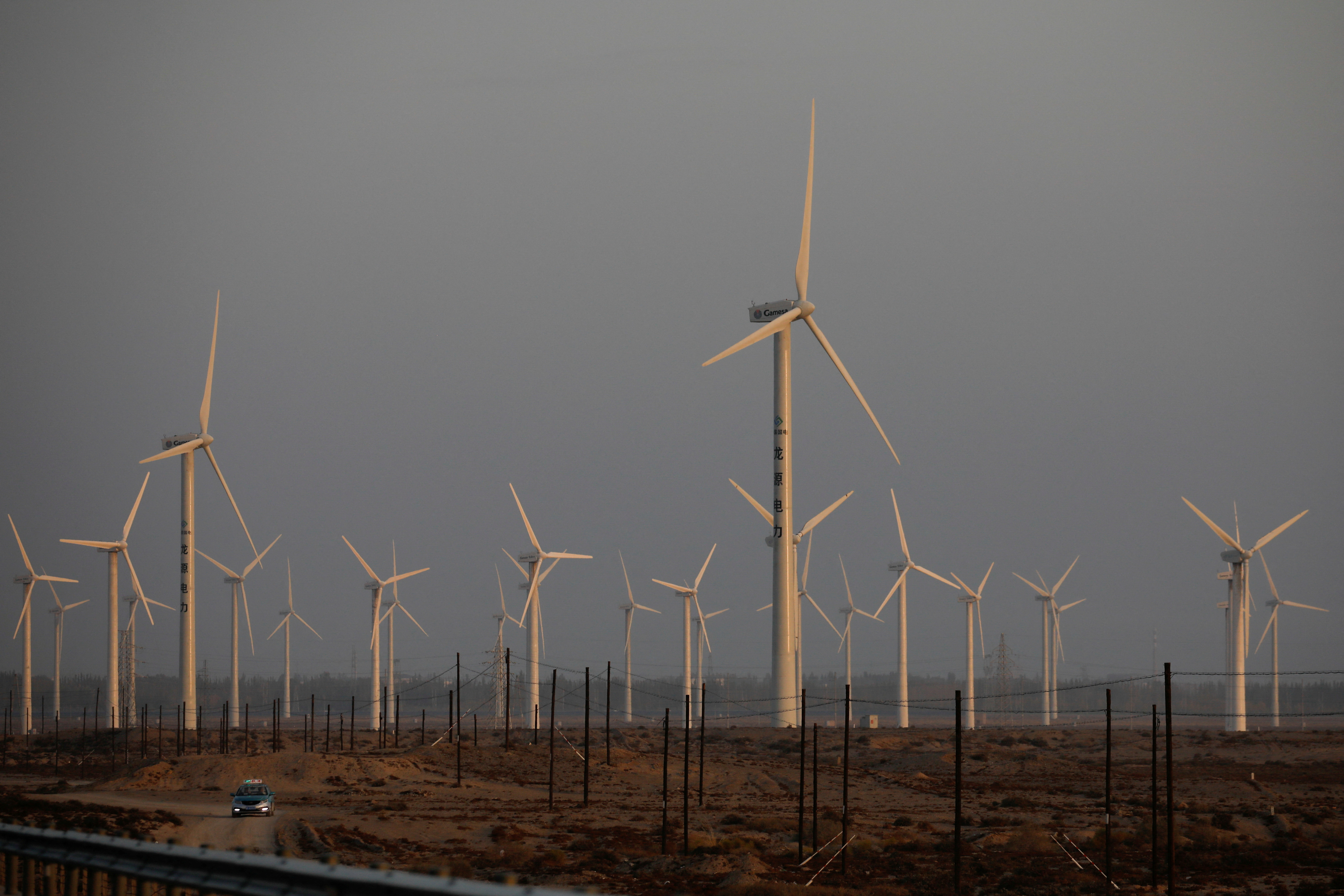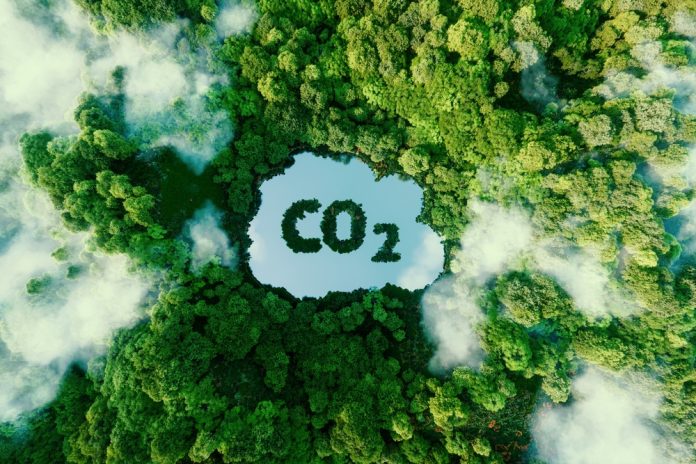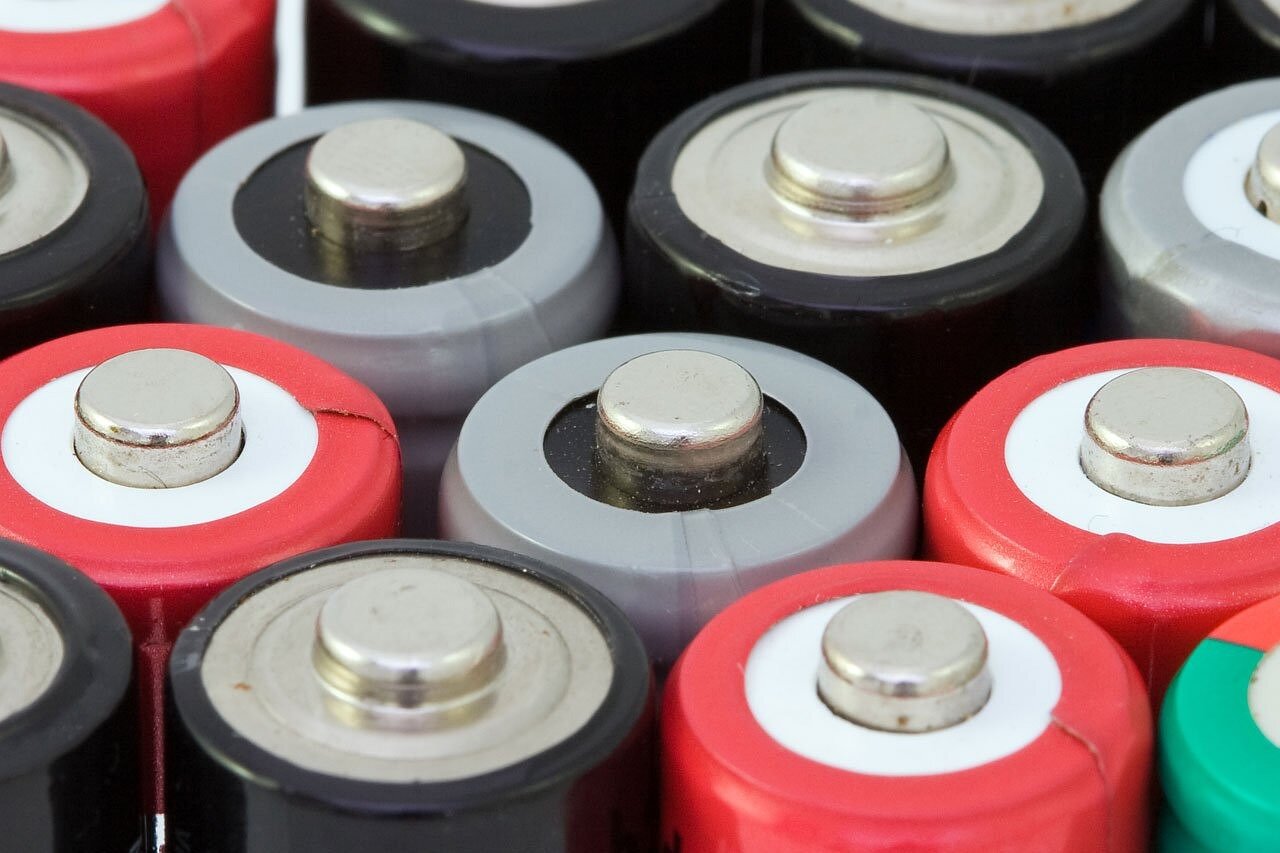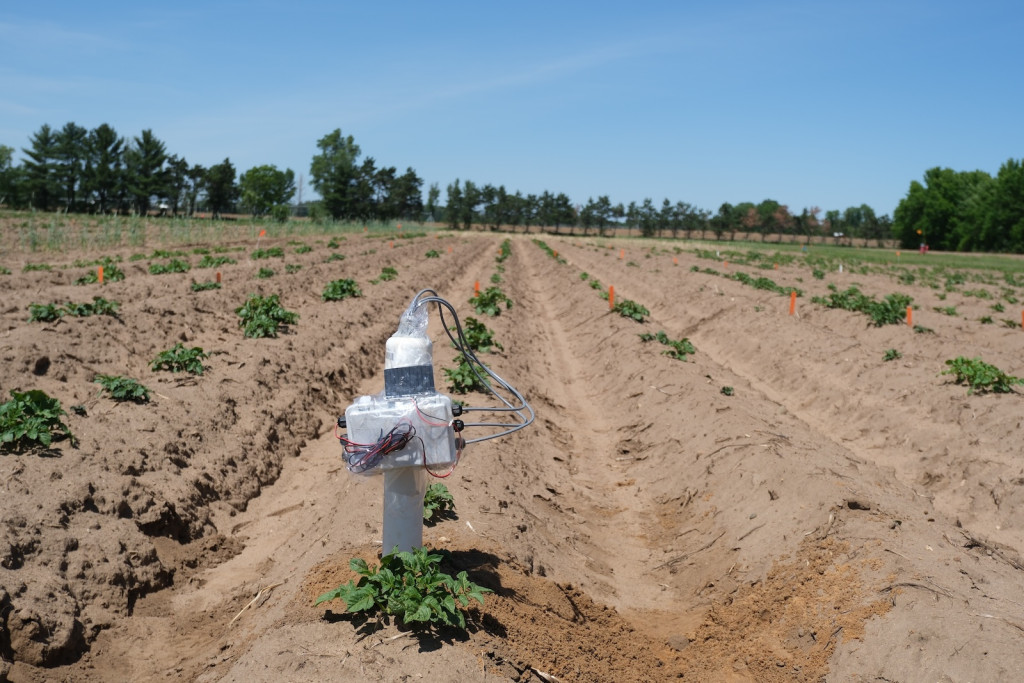
- #environmental studies
Research reveals LED light could break down PFAS
2 days ago

- #climate
South Africa passes its first climate change act
3 days ago

- #environmental studies
Complete recycle of solid-state batteries possible
5 days ago

- #renewable energy
China plans to harness energy from hurricanes
6 days ago

- #plastic pollution
US to phase out single-use plastics in federal ops
7 days ago

- #agriculture
Smart soil can water and feed itself
Last week

- #food
UK approves lab-grown meat first in Europe
Last week

- #ocean
Nations gather to negotiate deep sea mining code
2 weeks ago

- #transport
First hydrogen ferry sets sail in San Francisco
2 weeks ago

- #sustainable development
World's 1st hydrogen fuel cell-powered apartment
2 weeks ago

- #renewable energy
Scotland's powerful EV superhub opens in Dundee
2 weeks ago

- #sustainable development
China leads in global wind and solar projects
2 weeks ago

- #environmental studies
Fastest carbon storage technology unveiled
2 weeks ago

- #climate
2024 could be hottest year as june sets records
3 weeks ago

- #science
Detecting nanoplastics with cutting-edge tech
3 weeks ago

- #waste
Eco-friendly solution for battery waste
3 weeks ago

- #plastic pollution
EU enforces fixed plastic bottle tops
3 weeks ago

- #sustainable development
New Zealand signs environmental trade deal
4 weeks ago

- #science
Japan launches advanced earth satellite
4 weeks ago

- #agriculture
Printed soil sensors boost crop yields
4 weeks ago